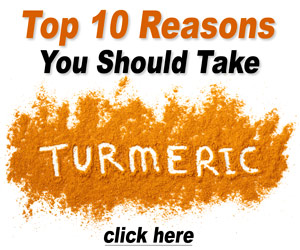Safety and Possible Side Effects of Minoxidil

Minoxidil has been approved by the U.S. Food and Drug Administration as a safe for topical use in people trying to regrow thinning hair. It is licensed and available in many countries in 2% and 5% concentrations for men and 2% for women.
Reported side effects, especially in the 5% concentration, include: 30
- Eczema
- Facial hair growth
- Headaches
- Itchiness
- Scaling and dry skin
- Skin irritation
Experts note that scalp irritation could cause a temporary increase in hair shedding if it is severe (which is more likely at higher concentrations). Some dermatologists prefer not to use minoxidil foam in an effort to limit adverse side effects because it is in the higher 5% concentration. However, recent scientific evidence indicates that the ingredient propylene glycol may be largely responsible for the irritating skin reactions commonly reported in minoxidil solutions. 20, 30, 216
Propylene glycol exerts antifungal and antibacterial effects in products that contain 25% or more of it. Unfortunately, at concentrations of 10% or greater (as in minoxidil formulations) propylene glycol can also frequently cause skin irritation and allergic reactions. Case reports suggest that different forms of minoxidil which do not use propylene glycol are less likely to irritate the skin, such as the newer foam formulation. In fact, in studies using different bases as a carrier for minoxidil, there were fewer reports of these side effects, even at higher concentrations in patients who had previously experienced allergic skin reactions to minoxidil treatment. 192, 216
On a positive note, topical minoxidil may cause re-pigmentation of white or grey hair. This may be due to enlarging the hair follicle and extending the growth phase.
Minoxidil is NOT recommended for use by pregnant or lactating women.


